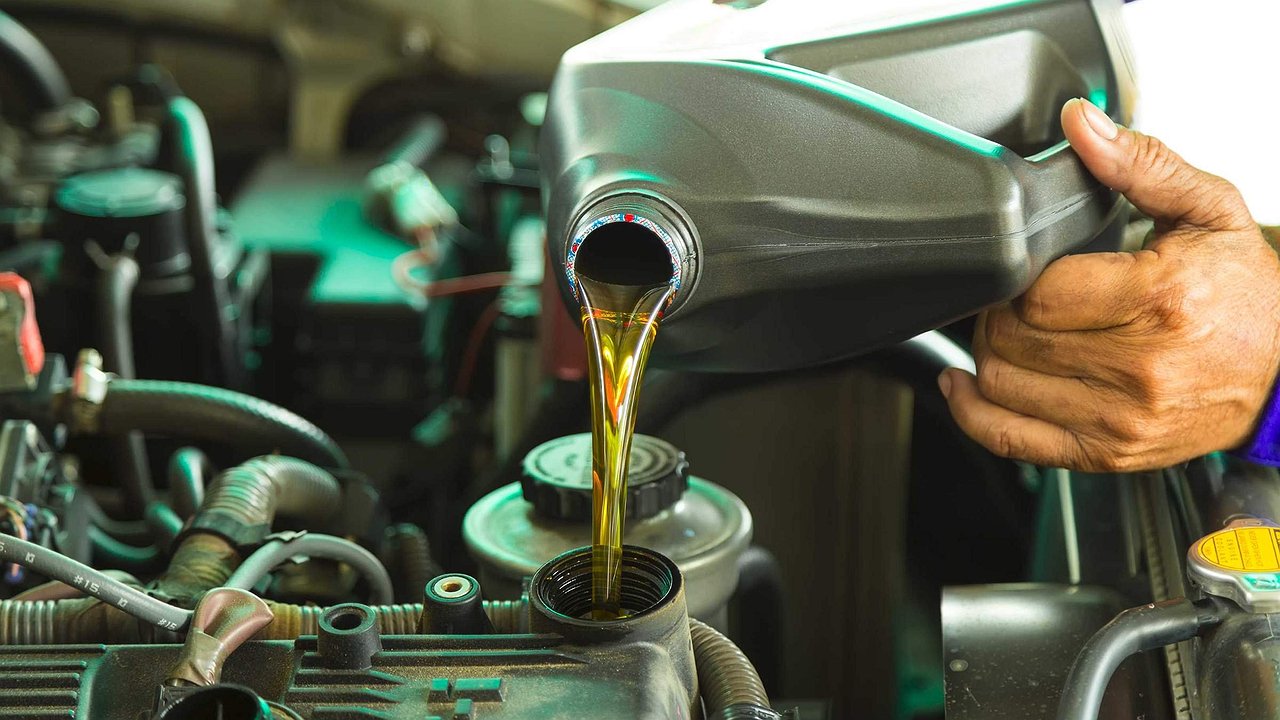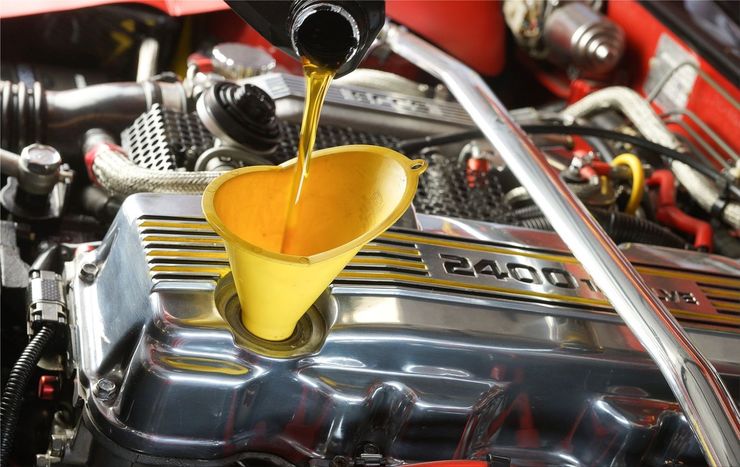“Synthetics” vs. “mineral water”: which engine oil burns the least
- April 11, 2023
- 0
Too much lubricant consumption in the drive unit of a car is a common phenomenon. But the question of how to reduce the “oil consumption” of the engine
Too much lubricant consumption in the drive unit of a car is a common phenomenon. But the question of how to reduce the “oil consumption” of the engine

To begin with, we note that the lubricant is contained in the cylinders in the form of a film. The estimated thickness is several tens of microns. The indicator depends on the viscosity of the oil, the operation of the engine, its wear and a number of other parameters.
When the cooling system is operating normally, it does not raise the temperature in the cylinders to critical levels. Therefore, the lubricant does not burn through. It is clear that with active driving, the level of “roasting” rises. Here the lubricant consumption increases. But more often burnout does not appear immediately after maintenance, but after 4000-5000 km.
The fact is that this process is influenced by the properties of the oil – volatility and flash point. The latter is indicated in all specifications. There is even a special test method – NOACK, which shows the amount of consumables that will evaporate in one hour at a temperature of 250 degrees and constant air flow.
In the laboratory conditions of the test, it was found that high-quality synthetics are consumed less than products made on a mineral and hydrocracking basis. And the components are very important. For example, if a manufacturer uses a cheap polymer thickener, and in large quantities, this leads to a lot of waste. As a result, the engine becomes clogged with soot, increasing the likelihood of varnish deposits and the formation of piston rings.
However, you cannot blindly trust the method, because the operating conditions are also important. The product will “fry” faster if it is constantly driven at high speeds or if low-quality fuel is used. The process is also affected by the remnants of mining, which are mixed with a new consumable during scheduled maintenance.
That is, the car must be controlled and the speed limit must not be exceeded. Well, as for the oil, we recommend filling high-quality synthetics, on the bush of which the tolerances of car manufacturers are applied. For example, Mercedes-Benz 229.5 or 229.51, Volkswagen 507 and so on. These lubricants have minimal waste, so the “steel heart” will be clean.

To begin with, we note that the lubricant is contained in the cylinders in the form of a film. The estimated thickness is several tens of microns. The indicator depends on the viscosity of the oil, the operation of the engine, its wear and a number of other parameters.
When the cooling system is operating normally, it does not raise the temperature in the cylinders to critical levels. Therefore, the lubricant does not burn through. It is clear that with active driving, the level of “roasting” rises. Here the lubricant consumption increases. But more often burnout does not appear immediately after maintenance, but after 4000-5000 km.
The fact is that this process is influenced by the properties of the oil – volatility and flash point. The latter is indicated in all specifications. There is even a special test method – NOACK, which shows the amount of consumables that will evaporate in one hour at a temperature of 250 degrees and constant air flow.
In the laboratory conditions of the test, it was found that high-quality synthetics are consumed less than products made on a mineral and hydrocracking basis. And the components are very important. For example, if a manufacturer uses a cheap polymer thickener, and in large quantities, this leads to a lot of waste. As a result, the engine becomes clogged with soot, increasing the likelihood of lacquer deposits and the formation of piston rings.
However, you cannot blindly trust the method, because the operating conditions are also important. The product will “fry” faster if it is constantly driven at high speeds or if low-quality fuel is used. The process is also affected by the remnants of mining, which are mixed with a new consumable during scheduled maintenance.
That is, the car must be controlled and the speed limit must not be exceeded. Well, as for the oil, we recommend filling high-quality synthetics, on the bush of which the tolerances of car manufacturers are applied. For example, Mercedes-Benz 229.5 or 229.51, Volkswagen 507 and so on. These lubricants have minimal waste, so the “steel heart” will be clean.
Source: Avto Vzglyad
Donald Salinas is an experienced automobile journalist and writer for Div Bracket. He brings his readers the latest news and developments from the world of automobiles, offering a unique and knowledgeable perspective on the latest trends and innovations in the automotive industry.